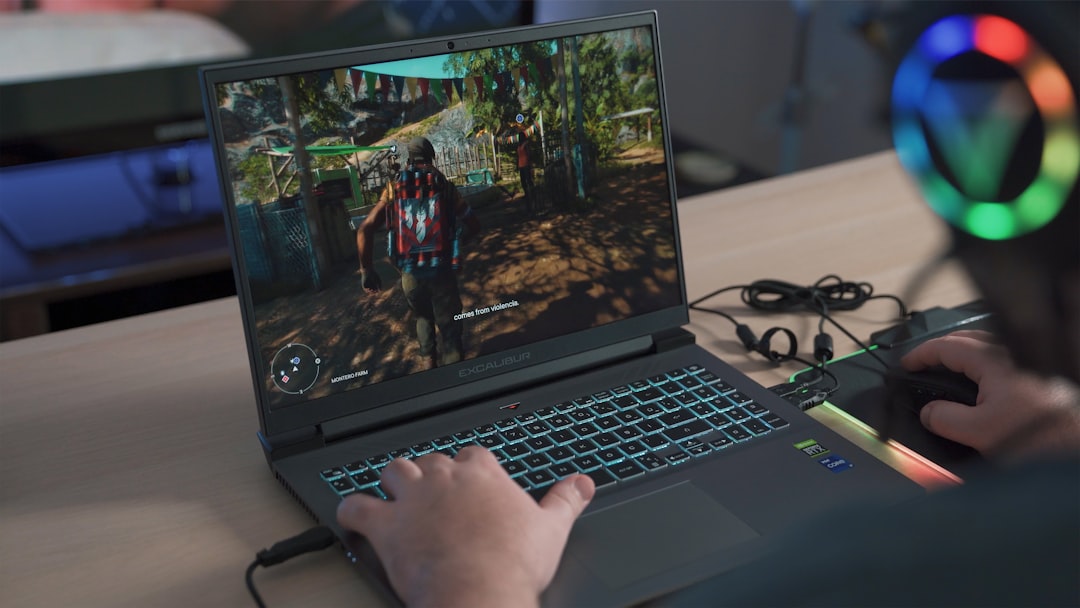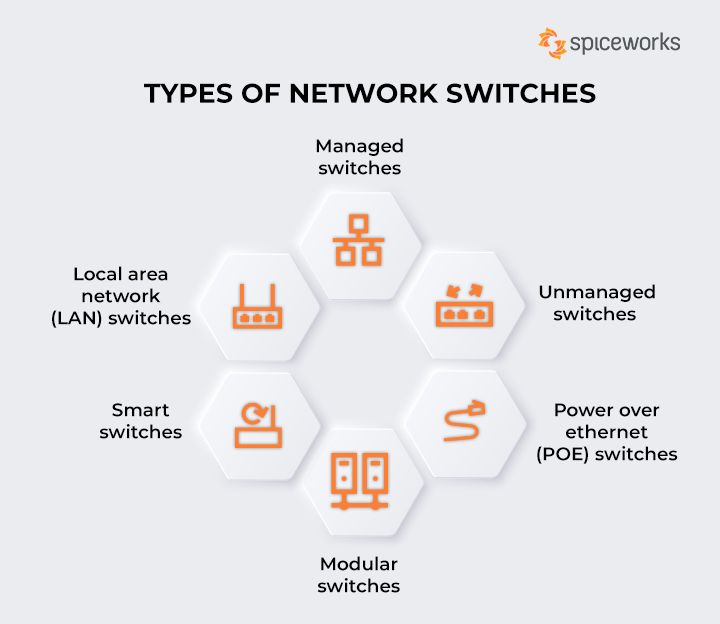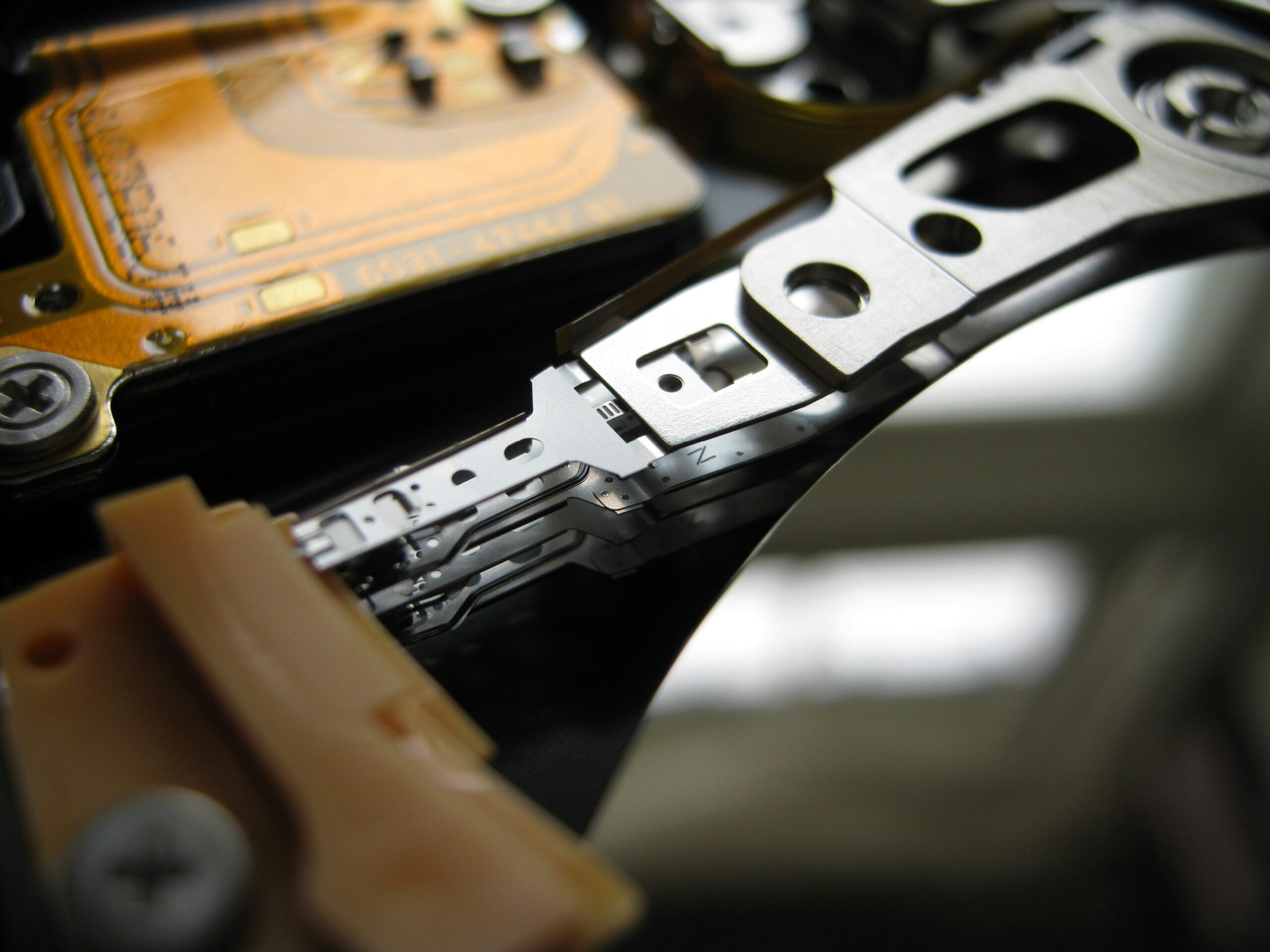Think about the number of obsolete PC components gathering dust in households worldwide. The market for used computer parts is surprisingly robust, as tech enthusiasts often seek out older components for niche builds or replacements. If you’ve ever swapped out a motherboard or upgraded your CPU, you might be sitting on a small goldmine without even realizing it.
The history of selling used PC components dates back to the early days of personal computing, but modern platforms have revolutionized this niche market. Websites like eBay and Craigslist have been pioneer destinations for such transactions. According to a recent survey, 48% of tech users prefer purchasing used parts to keep their projects within budget, highlighting the growing acceptance and reliance on pre-owned hardware.
The Current Market for Used PC Components
The market for used PC components is thriving, fueled by tech enthusiasts and budget-conscious consumers. These buyers often seek out affordable options for custom builds or repairs. Surprisingly, older components can hold significant value due to their rarity.
Demand for specific parts can be high, especially for items like GPUs and motherboards. Gamers and DIY builders frequently look for these components to enhance their systems. As a result, the resale value of such parts remains strong.
Platforms like eBay, Craigslist, and specialized forums have made it easier to sell and buy used components. These platforms offer a vast marketplace where sellers can reach potential buyers worldwide. This increased accessibility benefits both sellers and buyers.
A report indicated that 48% of tech users prefer buying used parts to keep costs low. This preference creates a steady demand for pre-owned hardware. Consequently, it’s a good time to sell any unused, functional components you might have.
Demand and Supply Dynamics
The supply of used PC components often comes from enthusiasts upgrading their rigs. When new technologies emerge, older items enter the secondary market. This cycle ensures a steady stream of available parts.
Technological advancements contribute to an ever-changing market. As new products release, older components still find useful applications in budget builds. This dynamic helps maintain balance in supply and demand.
Additionally, economic factors can influence sales. During downturns, people may prefer used components over new ones to save money. This behavior further strengthens the used component market.
Popular Components
Some components are more popular than others in the resale market. For example, graphic cards (GPUs) and processors (CPUs) often see high demand. These parts are crucial for gaming, design, and heavy computing tasks.
Memory modules (RAM) and storage drives (SSDs or HDDs) also sell well. Many users upgrade these daily essential components. Their consistent need makes them quick sellers.
Other parts like power supplies and cases might not sell as quickly, but there’s still interest. Specialized components can find buyers looking to complete specific builds. Every part has its place in the market.
Successful Transactions
High-quality listings lead to successful transactions. Detailed descriptions and clear photos greatly enhance your chances of selling. Buyers want to know exactly what they’re getting.
Feedback from previous sales also encourages future transactions. Positive reviews build trust between sellers and buyers. This reputation can drive more sales over time.
Safety measures are also crucial. Ensure secure payment methods and communication through reputable platforms. These precautions protect both parties during the transaction process.
Preparations before Selling Used PC Components
Before selling, it’s crucial to prepare your used PC components properly. This process ensures you get the best value and maintain your credibility with buyers. Proper preparation involves several important steps to ensure a smooth transaction.
Testing Your Components
Testing is essential to confirm that your components are in working condition. Use diagnostic software and tools to check each part carefully. Buyers appreciate knowing they’re purchasing reliable hardware.
For example, testing a GPU with stress tests can showcase its performance. Verifying that a CPU functions correctly in different workloads also builds confidence. A successful test run can be a strong selling point.
Listing your test results can boost buyer trust. It assures them that the parts have undergone rigorous checks. This transparency can help you sell faster.
Cleaning and Packaging
Properly cleaning your components makes them more appealing. Dust and grime can reduce the perceived value. Simple tools like compressed air and soft brushes are effective.
Packaging is equally important. Use anti-static bags and cushioning materials to protect parts during shipping. This ensures they arrive in good condition.
Label each item clearly. Include any necessary instructions or setup guides. Organized packaging reflects well on your professionalism.
Accurate Descriptions
Writing detailed descriptions can significantly impact sales. Include specs, model numbers, and any unique features. Highlight the condition and any signs of wear.
Photos speak volumes. High-quality, well-lit images showcase the true state of the components. Multiple angles help potential buyers see details.
Mention any upgrades or repairs. This information can attract buyers looking for specific modifications. Honesty in your listing fosters trust and repeat business.
Pricing the Used PC Components Right
Pricing your used PC components correctly is crucial to attracting buyers and making a sale. Start by researching the current market prices for each part. Websites like eBay and TechBargains can provide valuable insights.
Consider the condition of your components when setting the price. Newer and well-maintained parts can fetch a higher price than older, worn items. Offering competitive prices makes your listing more attractive.
Monitor how your listings perform over time. If a component isn’t selling, it might be priced too high. Adjust the price gradually to see if it sparks interest from buyers.
Bundling can also be an effective strategy. Offering a combination of items at a reduced price might appeal to buyers looking for multiple components. This approach can move inventory faster while still providing value.
Platforms for Selling Used PC Components
Selling used PC components online is a convenient way to reach a broad audience. Websites like eBay and Craigslist are popular choices for these transactions. These platforms offer ease of use and a large pool of potential buyers.
Social media marketplaces are also effective. Facebook Marketplace and groups focused on tech gear have become bustling hubs for sellers. They provide a local audience and often result in quicker sales.
Specialized forums and communities can also be excellent platforms. Websites like Reddit and PCPartPicker have dedicated sections for buying and selling components. Enthusiasts frequent these places, leading to knowledgeable buyers.
Online retail stores like Amazon allow for the sale of used parts too. Although the competition can be stiff, the site’s vast audience can make it worthwhile. Using Amazon’s seller tools can help you optimize listings and manage sales efficiently.
Don’t overlook local options. Pawn shops and computer repair stores might be interested in purchasing your components directly. This method avoids the complications of shipping and handling.
Each platform has its pros and cons. Choose the one that best suits your needs and preferences. Evaluating your options can help you make a more informed decision for selling your PC components.
Effective Tips to Quickly Sell Used PC Components
Creating an effective listing is crucial to selling your used PC components quickly. Include detailed descriptions and high-quality photos of each part. Mention any unique features and potential uses.
Promoting your listings on social media can significantly boost visibility. Share on relevant tech groups and forums where enthusiasts gather. Don’t forget to include hashtags for added reach.
Offering a competitive price is key. Research similar listings to ensure your pricing aligns with the market. Sometimes, slightly undercutting the competition can attract more buyers.
Providing a return policy can reassure buyers. It shows that you stand by the quality of your products. Consider offering a short-term warranty for added peace of mind.
A prompt and professional response to inquiries can make a big difference. Answer questions quickly and with clear, concise information. Good communication sets you apart from other sellers.
Bundling items together can also help. Creating a package deal for multiple components can be attractive to buyers looking to build or upgrade a system. This strategy can move more items in a single transaction.
Frequently Asked Questions
If you’re selling used PC components, there may be several questions you have. Below are some frequently asked questions and answers that might help you navigate this process.
1. How can I determine the value of my used PC components?
To find the value of your components, start by researching online marketplaces like eBay and Amazon. Look for similar items and check their selling prices to get a sense of the market rate. Make sure to consider factors such as condition, brand, and age when comparing prices.
You can also use specialized websites or forums where tech enthusiasts discuss hardware pricing. Getting multiple opinions will help you set a competitive price. Be realistic about the condition of your parts; even minor wear can influence the final price.
2. What are some common pitfalls to avoid when selling used PC components?
Avoid overpricing your items as it can discourage buyers from considering your listings. Conduct thorough research to ensure your prices align with market trends. Misrepresenting the condition of your components is another mistake; always provide accurate descriptions and photos.
Poor packaging can result in damaged goods during shipping, leading to dissatisfied customers and potential returns. Use appropriate materials like anti-static bags and bubble wrap for safe packaging. Lastly, ignoring buyer inquiries can negatively impact your sale speed—always respond promptly.
3. Are there any specific platforms recommended for quick sales?
eBay is popular for its massive user base and robust seller tools, making it easier to list and manage multiple items simultaneously. Craigslist allows local transactions, reducing shipping hassles but requires meeting buyers in person for exchanges.
If you’re targeting niche audiences, consider using forums like Reddit’s hardware swap communities or Facebook Marketplace groups dedicated to tech gear sales. Each platform has its pros and cons, so choose one that suits your needs best for quick sales.
4. How often should I update my listings if they aren’t selling?
If your listings haven’t sold within two weeks, consider revising them by lowering prices or improving the photos and descriptions. Frequent updates keep your listings fresh and more visible in search results on various platforms.
You might also want to try different keywords or categories on listing sites to reach a broader audience. Monitoring competitors’ listings can provide clues on what changes you should make to enhance appeal.
5. What payment methods are safest for these transactions?
Using secure payment methods like PayPal offers protections for both buyers and sellers against frauds or disputes during transactions. Many online marketplaces recommend or even require digital payments due to their traceability features.
Avoid wire transfers or checks which carry higher risks of scams compared to digital alternatives . Always complete payments through verified communication channels provided by respective platforms’ policies.
Conclusion
Selling used PC components can be a gratifying process when approached with care and attention to detail. By accurately assessing the value of your components, choosing the right platforms, and creating compelling listings, you can maximize your chances for success. Engaging with potential buyers professionally also plays a crucial role.
Remember to stay vigilant about pricing trends and buyer feedback to keep your sales strategy effective. The effort you invest in preparation and communication can lead to quicker sales and repeat customers. Ultimately, a thorough and professional approach ensures a seamless and profitable experience.







Leave a Reply
You must be logged in to post a comment.